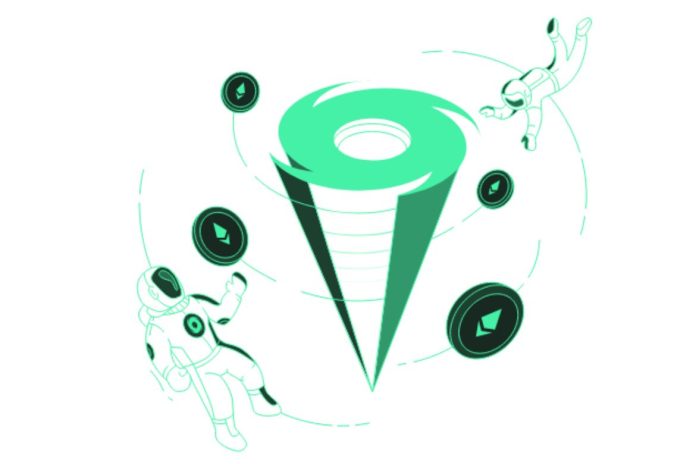The long-running legal battle over Tornado Cash has finally come to an end, and the verdict is a major win for DeFi, decentralization, and financial privacy. After months of legal proceedings, no Tornado Cash developers were convicted or forced to compromise user privacy.
This case was more than just a trial—it was a test of whether governments could criminalize open-source software. The outcome proves that privacy tools are not illegal and that decentralized technology cannot be controlled by regulators.
The Background: Why Tornado Cash Became a Target
In 2022, Tornado Cash became the subject of intense scrutiny after being accused of facilitating anonymous transactions used by criminals. Governments sanctioned the protocol, froze assets, and arrested contributors in an attempt to shut it down.
However, the legal case quickly became about something much bigger:
- Are developers responsible for how their code is used?
- Can governments ban decentralized protocols?
- Is financial privacy a fundamental right?
The Tornado Cash case was one of the first major legal battles in the fight for blockchain privacy, and the outcome has far-reaching implications.
How the Developers Defended Tornado Cash
Throughout the trial, the developers maintained that Tornado Cash was simply a tool, not a service. Unlike centralized financial institutions, it has no owners, no administrators, and no way to control who uses it.
Their key defense arguments were:
- Tornado Cash is open-source software – It belongs to no one, making it impossible to regulate like a traditional financial entity.
- Users control their own transactions – Tornado Cash does not store funds or interact with users directly.
- Code is free speech – Writing and publishing software should never be considered a crime.
Despite intense pressure, none of the developers surrendered user data or compromised Tornado Cash’s integrity.
Why This Verdict is a Game-Changer for DeFi
The legal victory sets a powerful precedent for the future of blockchain privacy. It proves that decentralized protocols cannot be controlled or shut down like traditional financial services.
Key Takeaways from the Case:
- DeFi privacy tools are legal – Tornado Cash success confirms that privacy is a valid use case for blockchain technology.
- Developers cannot be punished for creating software – The court ruled that open-source code is not a crime.
- Decentralization makes censorship impossible – Despite sanctions and legal action, Tornado Cash remains fully functional.
For the DeFi community, this case is a reminder that privacy is a right, not a privilege, and that no single entity can control decentralized networks.
The Future of Privacy Tools in Crypto
With this victory, other privacy-focused projects now have a stronger legal foundation. However, regulatory challenges will continue as governments try to balance financial security with individual privacy rights.
Moving forward, the DeFi space can expect:
- More decentralized privacy solutions that cannot be censored.
- Stronger legal protections for developers who create open-source protocols.
- Greater adoption of privacy tools as users demand control over their financial data.
Tornado Cash’s victory proves that the crypto community will continue to defend financial privacy, ensuring that DeFi remains a space for freedom, innovation, and decentralization.
Conclusion
The Tornado Cash legal battle was one of the most important cases in DeFi history. The verdict confirms that decentralized privacy tools are here to stay, and developers cannot be punished for creating them.
For anyone who values financial privacy, this case is a clear victory. Tornado Cash remains operational, and its developers have stood their ground, proving that true decentralization cannot be stopped.
This is more than just a win for Tornado Cash—it’s a win for privacy, financial freedom, and the future of DeFi.










